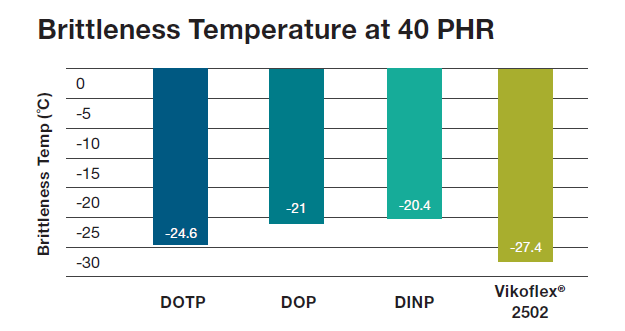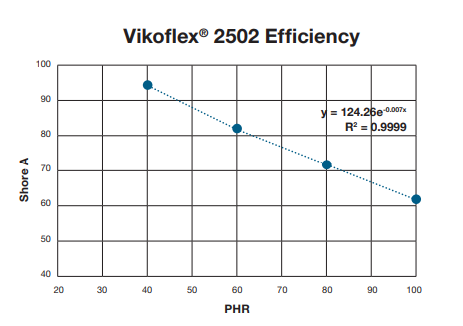Enhanced TDS
Identification & Functionality
- Manufactured By
- CASE Ingredients Functions
- Plastics & Elastomers Functions
- Technologies
- Product Families
Features & Benefits
- Labeling Claims
- CASE Ingredients Features
- Materials Features
- Advantages
- Excellent compatibility with PVC
- High efficiency and low exudation
- Low temperature flexibility and ductility
- Faster fusion and solvation
- Non-hazardous according to OSHA Hazard Communication Standard 29 CFR 1910.1200
- Bio-based
Applications & Uses
- Markets
- Applications
- Applicable Processes
- Compatible Polymers & Resins
- Plastics & Elastomers End Uses
Properties
- Physico-Chemical Properties
Value Units Test Method / Conditions Color 100.0 - APHA Viscosity (at 25°C) 105 cPs - Bio-based Carbon Content 86 % ASTM D6866-18 Acid Value 1.2 mg KOH/g - Moisture Content max. 0.05 % - Oxirane Content min. 6.4 % - Specific Gravity 0.96 - - Iodine Value 1.5 - - - Note
The specification for quality is final at loading. Cargill reserves the right to use internal analytical methods that follow the international reference methods.
Regulatory & Compliance
- Certifications & Compliance
Technical Details & Test Data
- Typical Performance Properties


Packaging & Availability
- Country Availability
- Packaging Type
- Packaging Information
Vikoflex® 2502 bio-based plasticizer is available in 2,100 lb. totes and 45,000 lb. bulk tank trucks
Storage & Handling
- Shelf Life
- 36 months
- Shelf Life Information
The recommended shelf life of this product is 36 months. It is counted from the date of manufacture, which can be identified in the shipping documentation.
